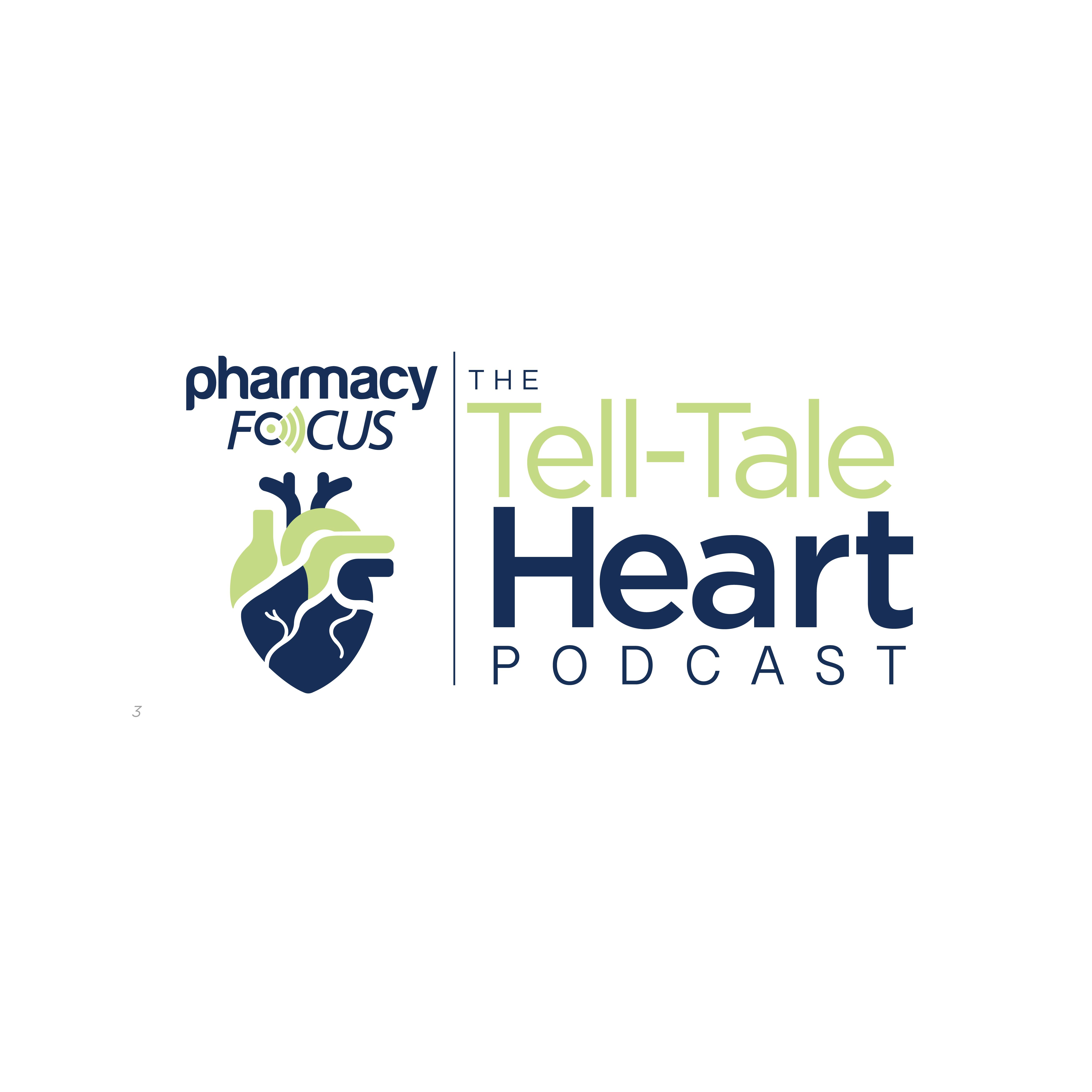News
Article
Central Nervous System Disease Drives Mortality in HER2+ Metastatic Breast Cancer Despite Longer Survival
Author(s):
Key Takeaways
- HER2+ MBC patients with CNS disease have longer overall survival than those with extracranial metastasis.
- CNS metastases in HER2+ breast cancer remain difficult to treat, requiring local therapies like radiotherapy.
In the study, 50% of the deaths amongst patients were linked to central nervous system-related causes.
Patients with human epidermal growth factor receptor 2-positive (HER2+) metastatic breast cancer (MBC) with central nervous system (CNS) disease had longer overall survival (OS) and decreased mortality risk compared with those who have extracranial metastasis, according to study results published in JAMA Network Open. The findings suggest that aggressive local and systemic therapies may be needed to control the intracranial progression of CNS metastases.
Malignant tumors on a brain | Image Credit: © Nima | stock.adobe.com

Brain metastasis is a common complication of HER2+ breast cancer that affects an estimated 30% to 35% of patients with advanced disease. Advancements in treatments have yielded deeper responses and significant survival benefits, improving outcomes for patients. Combined targeted treatments, such as first-line pertuzumab and trastuzumab plus chemotherapy or trastuzumab deruxtecan (T-DXd), have demonstrated meaningful survival benefits. However, these agents are believed to be driven by anticancer activity in the extracranial compartment rather than the CNS.
Targeted agents have been shown to control extracranial disease in some cases, but CNS metastases remain challenging to treat and often require CNS-directed local therapies, including radiotherapy and/or neurosurgical resection. This treatment approach does offer high rates of local disease control, but the effects on OS in CNS-related mortality are unclear. A deeper understanding of the rate of CNS-related mortality can help determine which patients would benefit most from more aggressive treatments.
In a single-center, retrospective cohort study, researchers from Memorial Sloan Kettering Cancer Center assessed OS and CNS-related mortality in patients with HER2+ MBC and CNS disease, including parenchymal brain metastasis, leptomeningeal disease (LMD), or dural metastasis. The primary end points were OS, estimated by the Kaplan-Meier method, and CNS-related mortality with cumulative incidence.
The analysis included 274 female patients, of whom 125 have de novo MBC and 73 had CNS-only disease. The median follow-up was 3.7 years from CNS disease diagnosis among those alive at the end of follow-up.
The data showed that both OS and CNS-related death were significantly correlated with the initial disease presentation. Patients with LMD had the shortest OS (1.24 years; 95% CI, 0.89-2.08 years), followed by those with extracranial metastasis (2.16 years; 95% CI, 1.87-2.58 years). Patients with parenchymal or dural CNS disease had the longest OS (3.57 years; 95% CI, 2.10-5.63 years; P = .001).
CNS-related mortalities occurred in 55.2% (n = 106) of the 192 patients who died. Patients with CNS-only disease had a high risk of dying from CNS causes, with a 3-year CNS-related death rate of 33.98% (95% CI, 22.84%-45.43%) and a 3-year death rate of 6.07% (95% CI, 1.93%-13.69%) from other causes.
In multivariable analysis, the presence of LMD (hazard ratio, 1.87; 95% CI, 1.19-2.93; P = .007) and treatment with whole-brain radiotherapy (hazard ratio, 1.71; 95% CI, 1.13-2.58; P = .01) were both associated with an increased risk of CNS-related death.
The findings suggest that CNS progression was the most common cause of mortality in patients with HER2+ MBC. CNS-only disease was associated with longer survival compared with patients with extracranial metastasis but not CNS-related mortality. These data highlight the urgent needs of this patient population and the development of more effective CNS-penetrant systemic therapies.
"As new anti-[HER2] and other anticancer agents emerge, clinical trials should include patients with CNS disease to evaluate intracranial efficacy from early stages of drug development," the authors concluded. "Additionally, trial designs should incorporate end points that specifically address CNS outcomes, including CNS-related mortality."






